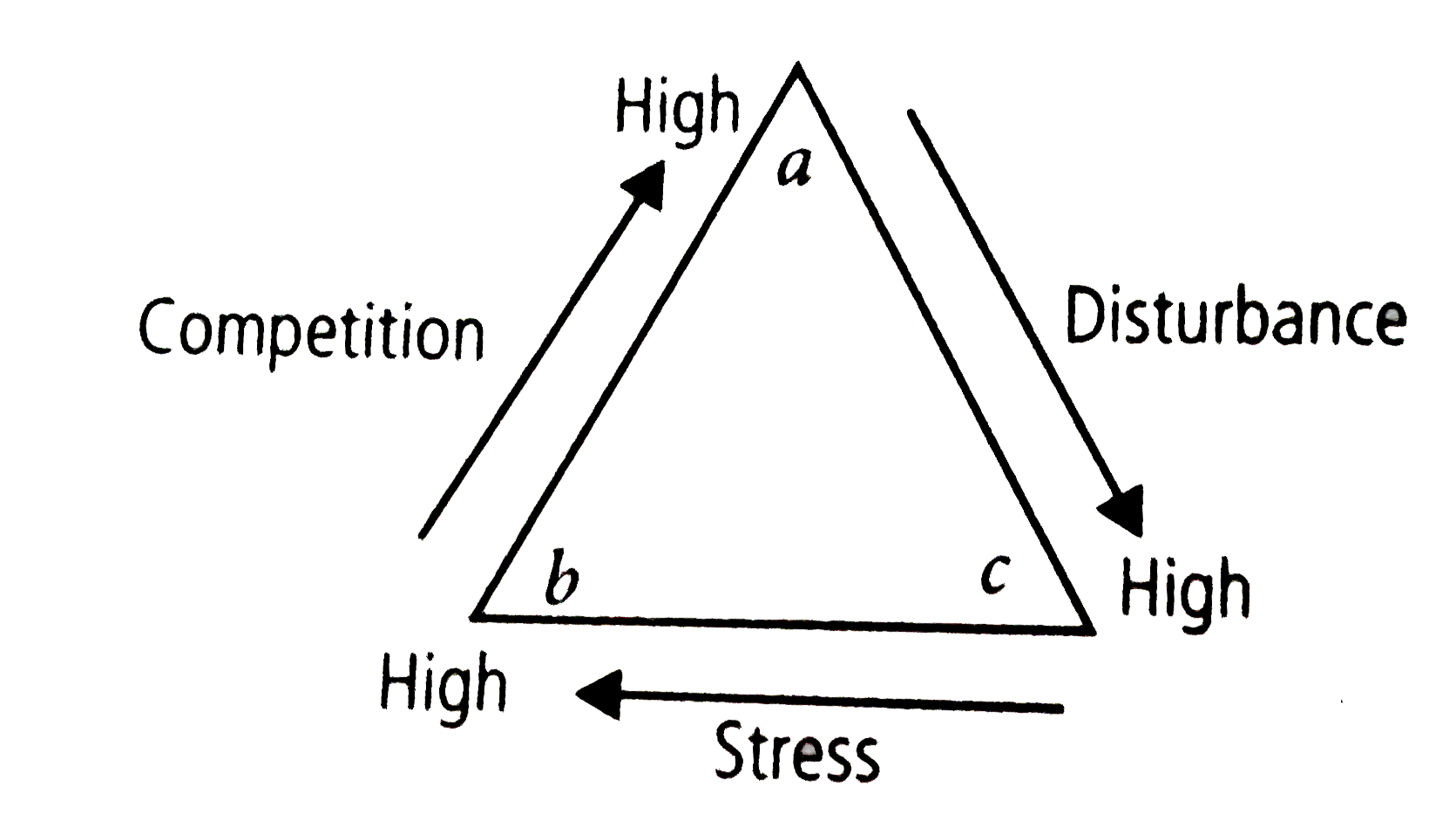A species spread over a large tract with varied enviornmental conditions will have
higher genetic diversity
uniform gene pool
little genetic diversity
both (2) and (3)
The correct Answer is:A
To solve the question regarding a species spread over a large tract with varied environmental conditions, we can break down the reasoning step by step:
1. Understanding Biodiversity: Begin by defining biodiversity, which refers to the variety and variability of life on Earth. It encompasses three levels: genetic diversity, species diversity, and ecosystem diversity.
2. Focus on Genetic Diversity: Since the question specifically asks about a species spread over a large area with varied environmental conditions, we need to focus on genetic diversity. Genetic diversity refers to the variety of genes within a species.
3. Impact of Varied Environmental Conditions: A species that occupies a large area with diverse environmental conditions is likely to encounter different challenges and opportunities. This variation in the environment can lead to different adaptations within the species.
4. Adaptation and Genetic Variation: Higher genetic diversity within a species allows for better adaptation to changing environments. This means that individuals within the species may possess different traits that can help them survive and reproduce in varying conditions.
5. Conclusion: Therefore, a species spread over a large tract with varied environmental conditions will have higher genetic diversity. This leads us to select the first option as the correct answer.
Final Answer:
The correct answer is higher genetic diversity (Option 1).
---
The correct answer is higher genetic diversity (Option 1).
Topper's Solved these Questions
Similar Questions
Knowledge Check
The figure below depicts life-histroy strategies for three plant species (a,b and c) along 3 axes : strength of competition with other organisms, level of distrubance in the habitat, and level of environmental stress in the habitat. Species a grows in habitats where competition among species b grown in habitats with and stress are low. Species b grows in habitats with high environmental stress but with low interspecies competition. Species c grows in highly disturbed habitats with low enviornmental stress.
 Which of the statements below is/are correct ?
Which of the statements below is/are correct ?
I. Characteristics of "a-type" plants are faster growth rate and short-lived leaves.
II. Desert annual plants are "b-type" species. they have rapid growth and produce large amount of seeds in a short time after rains.
III. Most plants belonging to "c-type" species would be herbaceous while "a-type" and "b-types" species are likely to be trees or shrubs.AOnly IIBI and IICI and IIIDII and III
Exotic species have a large impact in island ecosystems.
View SolutionSpecies having same bond order are
View SolutionThe mass density of a spherical galaxy varies as Kr over a large distance 'r' from its centre . In that region , a small star is in a circular orbit of radius R . Then the period of revolution , T depends on R as :
View SolutionWhich of the following species does not exist under normal condition ?
View SolutionWhich of the following species does not exist under normal conditions?
View SolutionThe species having pyramidal shape is
View SolutionUnderground parts of some plants spread to new niches and when older parts die new plants are formed. This condition is seen in
View Solution
